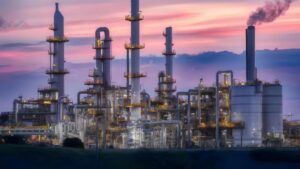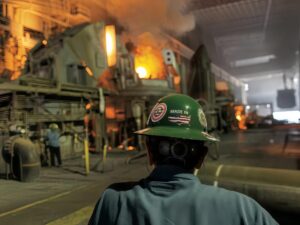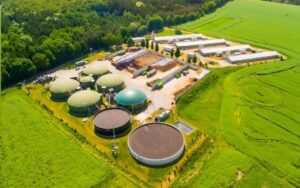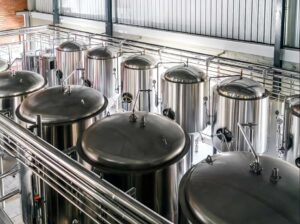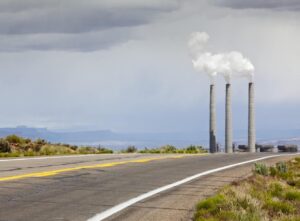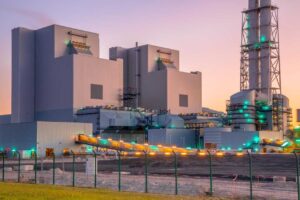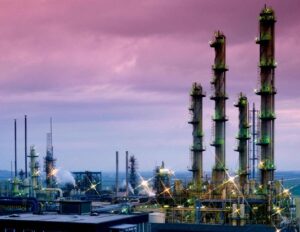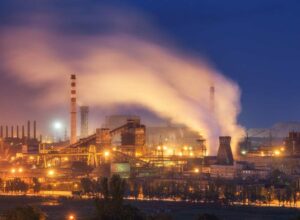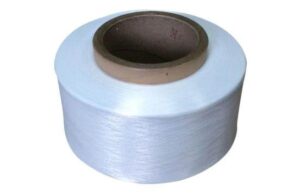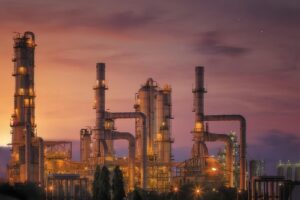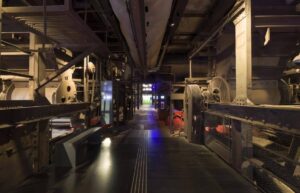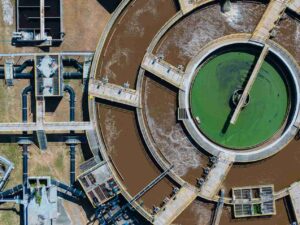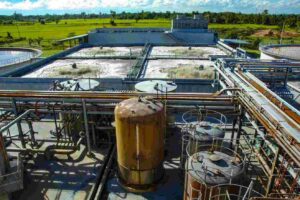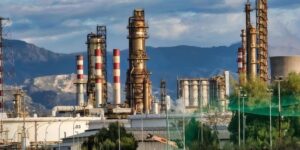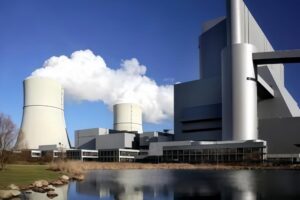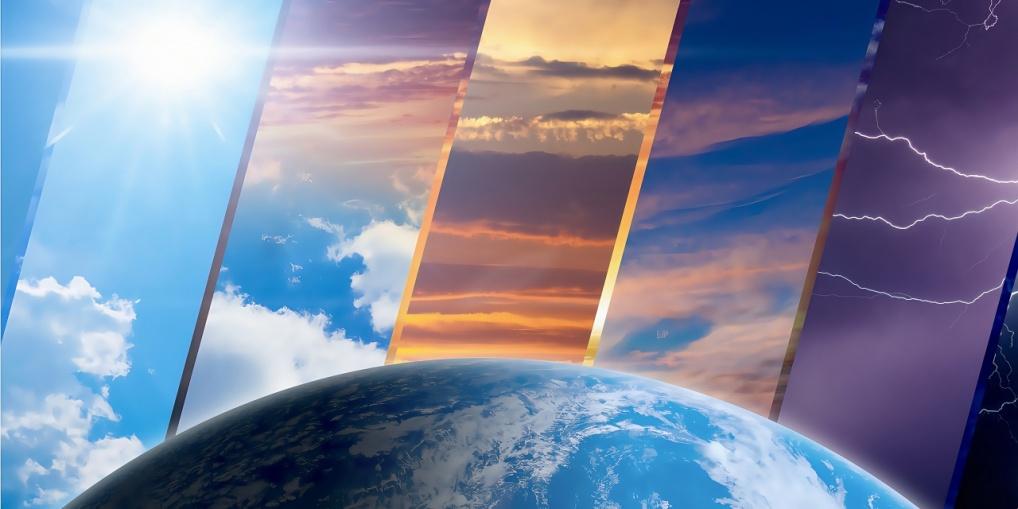
Meteorology now demands gas measurements that are continuous, traceable, and fast enough to capture boundary-layer changes. Regulators and researchers push this need through air-quality forecasting, urban-heat studies, and source-apportionment work. Legacy grab sampling and many low-cost sensors yield intermittent or biased data. Consequently, models struggle with short-lived plumes and rapid diurnal transitions. Specifically, infrared gas analyzers bridge that gap: direct-absorption spectroscopy provides species specificity, rapid response, and low drift.
The ESEGAS IR-GAS-600 series, in particular, delivers field-grade stability, fast response, and traceable calibration workflows. They also support QA/QC via spectral residuals and automated diagnostics. Together, these strengths let operational networks resolve plumes, improve nowcasts, and validate remote sensing—moving meteorology from sparse snapshots to continuous, decision-ready intelligence.
Why is Infrared Gas Analyzer Vital for Meteorology?
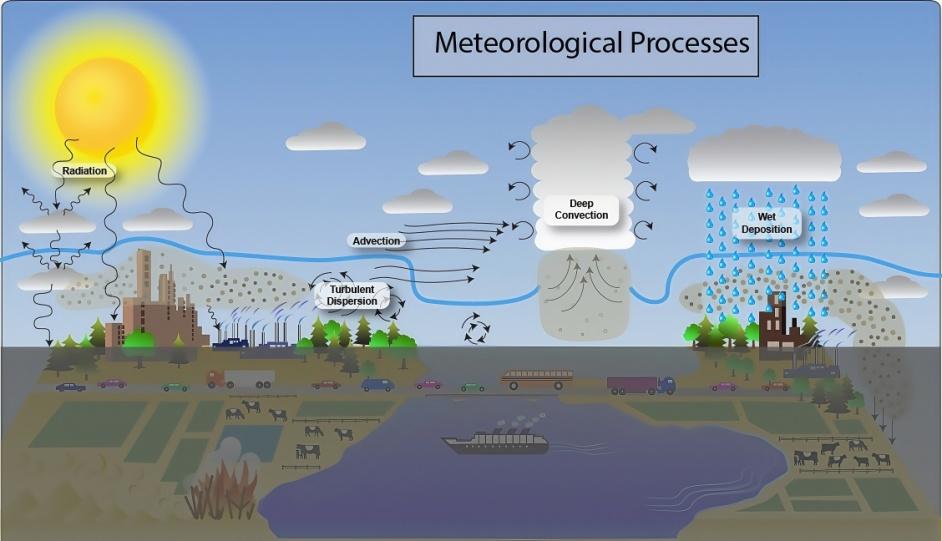
Infrared gas analyzers measure molecules with strong mid-IR absorption bands, including CO₂, CO, CH₄, and selected VOCs. Each of these gases carries unique meteorological importance. CO₂ influences radiative forcing and boundary-layer stability. CO acts as a tracer for combustion and urban plumes. CH₄ reveals biogenic and industrial emissions, while VOCs often signal photochemical activity. By detecting these species in real time, IR analyzers help meteorologists trace sources, track transport, and refine emission inventories.
Equally important is the timescale. Plumes demand second-to-minute resolution, while boundary-layer evolution unfolds over hours. Seasonal shifts highlight long-term climate trends. Traditional grab samples cannot capture such dynamics, and many remote-sensing tools miss near-surface variations. Infrared analyzers, especially the ESEGAS IR-GAS-600 series, close this gap. They provide continuous, high-resolution data that link satellite observations with ground networks. In doing so, they transform scattered snapshots into coherent, time-resolved pictures of the atmosphere.
What Operational Strengths Make the Infrared Gas Analyzer Reliable in Meteorology?
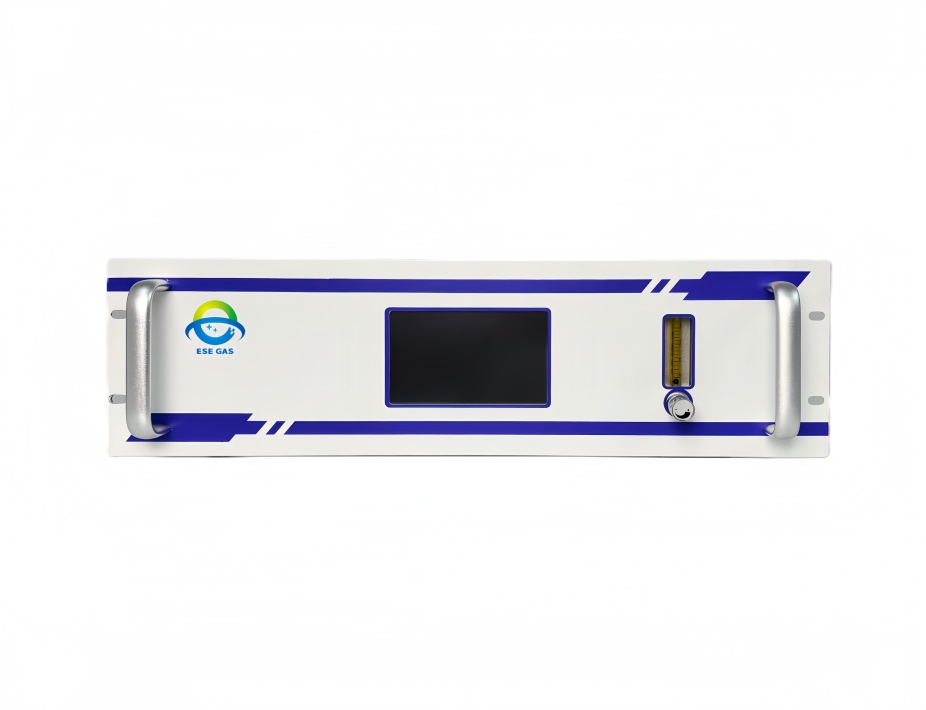
For meteorologists, an analyzer is only as valuable as its stability. The ESEGAS IR-GAS-600 series holds baselines steady over long deployments, minimizing drift and reducing recalibration needs. When recalibration is required, its traceable procedures ensure consistent data quality. This stability is critical for long-term climate studies and regulatory monitoring, where even small deviations can distort trends.
Equally important is response time. A fast analyzer captures sharp changes in plumes and supports eddy-covariance methods, which demand second-level resolution. Without such speed, events like urban outflows or industrial releases would slip through unnoticed. The IR-GAS-600 delivers this responsiveness, turning fleeting episodes into usable datasets.
Selectivity also matters. Spectroscopic filters reduce cross-sensitivity, making measurements resistant to common interferences. With humidity and aerosols, practical tools such as heated sampling lines and inline conditioning systems keep data reliable. Combined with robust packaging and weatherproof design, these features allow deployment at remote towers, coastal stations, or high-altitude sites. In short, the IR-GAS-600 is engineered for the realities of the field, not just the lab.
How Does Data Processing Turn Infrared Gas Analyzer Outputs into Meteorological Intelligence?
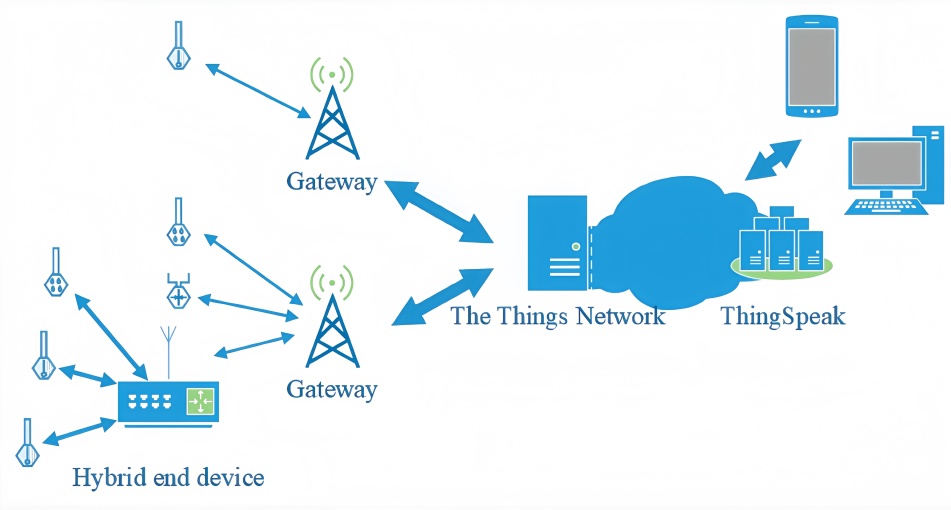
Raw signals from an infrared gas analyzer hold little meaning until they are processed into usable insight. Time synchronization is the first step. Aligning gas traces with sonic anemometers, radiosonde launches, or model grids ensures that concentrations link directly to atmospheric dynamics. Without this alignment, high-resolution measurements risk being out of phase with the very events they are meant to explain.
Drift correction is equally vital. Even stable instruments show small shifts over time. By combining laboratory calibration, field reference checks, and statistical drift models, analysts can maintain continuity. Some teams now apply machine learning, using temperature or humidity as co-variates to predict and adjust for bias in real time. This turns raw spectra into data streams suitable for long-term archives.
Quality assurance extends beyond calibration. Every dataset needs clear provenance: frequency of sampling, instrument status, and calibration history. Metadata standards ensure that future researchers or forecasters understand not only the numbers but also the conditions behind them. Finally, no analysis is complete without an uncertainty budget. By propagating limits of detection, calibration errors, and inlet losses into models, meteorologists can deliver forecasts that are transparent about both strengths and limitations. This transforms analyzer outputs into decision-ready intelligence rather than isolated measurements.
How Can an Infrared Gas Analyzer Be Deployed Effectively in Meteorology Networks?
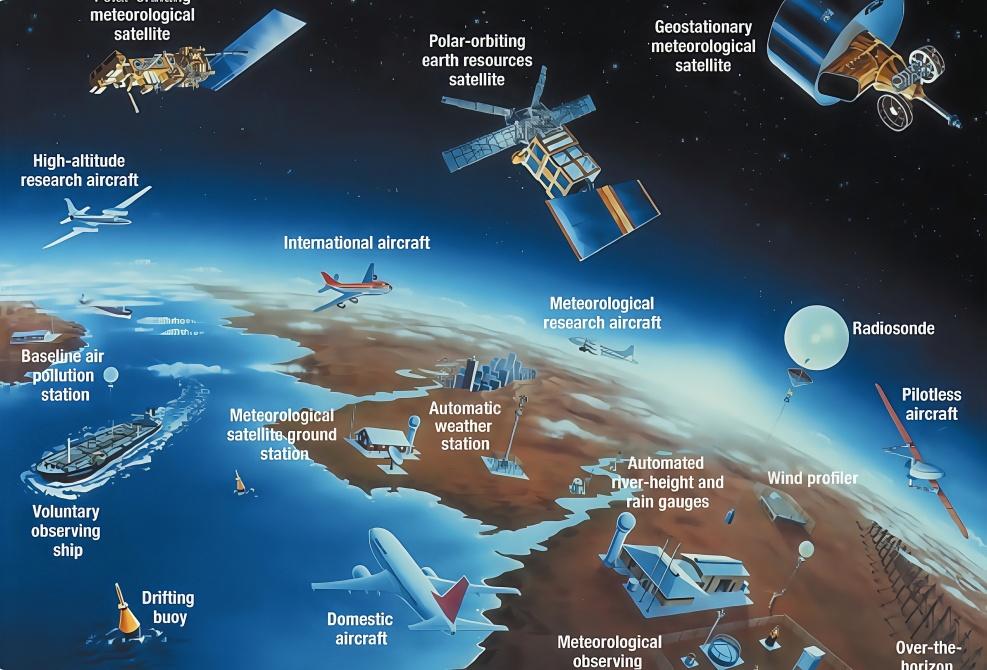
(GBON)
Maximizing the impact of an infrared gas analyzer requires more than buying a single unit; it depends on smart deployment. The most effective approach is the anchor and mesh model. Here, IR-GAS-600 analyzers act as calibration anchors, delivering traceable, and high-quality data. Around them, a dense web of lower-cost sensors or mobile platforms fills spatial gaps. This architecture allows UAVs, roadside monitors, or vehicle surveys to stay aligned with a trusted reference.
Mobility adds another dimension. Rooftop installations capture urban emissions, while tethered balloons and aircraft-mounted systems extend measurements vertically. With fast-response sampling trains, the IR-GAS-600 can profile plumes, boundary-layer growth, or inversion breakdowns in real time. Such mobility transforms single-point observations into full three-dimensional pictures of atmospheric dynamics.
Integration is the final piece. When co-located with meteorological towers, flux stations, or remote sensors such as lidars and ceilometers, infrared analyzers strengthen the entire observing system. Each platform contributes unique context—turbulence, cloud cover, or radiative flux—while the analyzer anchors gas composition. Together, these deployments create networks that not only monitor the atmosphere but also explain its behavior.
What Real-World Use Cases Show the Value of Infrared Gas Analyzer in Meteorology?

(Value)
Infrared gas analyzers like the IR-GAS-600 provide more than raw data—they unlock practical insights across meteorology. One example is boundary-layer dynamics. By tracking CO₂ and CH₄ with second-level resolution, the analyzer reveals how the boundary layer grows during the day and collapses at night. This clarity helps researchers understand entrainment processes that shape urban air quality and local weather.
Another powerful use lies in model evaluation and assimilation. High-frequency in-situ profiles from IR-GAS-600 units allow meteorologists to refine local models and validate satellite retrievals. Without this anchor data, models risk drifting, especially during complex events such as inversions or pollution episodes. When synchronized, the analyzer strengthens both forecast reliability and satellite-ground consistency.
Finally, emission verification is gaining importance. Cities need independent checks of their greenhouse gas inventories. Mobile transects, guided by IR-GAS-600 anchor nodes, measure actual atmospheric concentrations. This approach supports top-down estimates, exposing mismatches with reported numbers. In short, the IR-GAS-600 is not just a laboratory tool—it is an operational partner for science, forecasting, and policy.
What Checklist Should Meteorological Teams Follow When Deploying an Infrared Gas Analyzer?

Moving from procurement to reliable field operation requires more than just installing an instrument. Meteorological teams need a structured checklist to ensure infrared gas analyzers deliver consistent value. The following steps provide a practical roadmap.
1. Site selection – Choose locations that balance representativeness and accessibility. Avoid exhaust plumes or local bias that can distort background signals.
2. Inlet design – Use heated or insulated sampling lines to prevent condensation. Proper positioning avoids turbulence and ensures air samples are true to ambient conditions.
3. Power and shelter – Secure stable power sources and weatherproof housing. This reduces downtime and protects instruments from harsh field conditions.
4. Calibration schedule – Plan regular zero/span checks and gas cylinder rotations. Consistent calibration maintains data integrity over long deployments.
5. Data pipeline and sync – Establish robust logging, remote transfer, and cloud integration. Fast synchronization ensures that field data informs models in near real time.
6. QA thresholds – Define clear performance flags and alerts. Early detection of drift or blockage prevents loss of critical datasets.
7. Training for field techs – Train operators not only in routine tasks but also troubleshooting. Skilled staff extend analyzer life and reduce costly downtime.
8. Stakeholder integration – Align data output with research groups, regulators, and forecasters. Shared standards make results more actionable and credible.
By following this checklist, meteorological teams can turn procurement into operational excellence, making infrared gas analyzers a cornerstone of reliable atmospheric monitoring.
Conclusion
Integrating ESEGAS IR-GAS-600 analyzers into meteorological systems offers returns far beyond the instruments themselves. These analyzers strengthen climate science, sharpen forecasts, and give policymakers more reliable tools for environmental action. When used strategically, they turn fragmented measurements into a coordinated network that delivers real impact.
The message is clear: thoughtful adoption of IR-GAS-600 analyzers is not just about better data—it is about creating resilient systems that support both science and society.
If you want to know more details, contact with us please!




